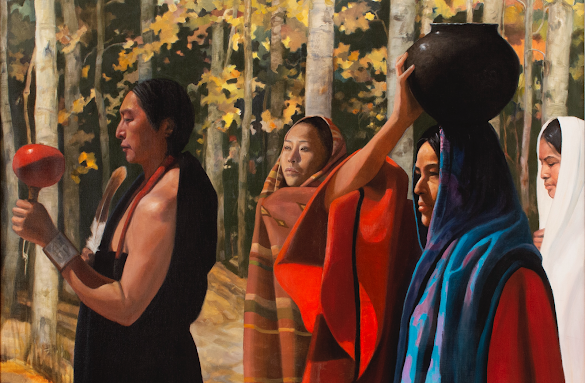It seems that the Japanese create art from so many mundane items. I recall when my Japanese friend and her mother were visiting. Small bits of paper from little throwaways like candy or gum wrappers would be folded into origami cranes. I was thinking of that when I saw the pictures of the Japanese rice harvest festival.
As with so many countries, the harvests throughout Japan are very large celebrations. It can be likened to our Thanksgiving. A bountiful harvest means all will be fed - a real cause for celebrating and thankfulness.
One particular part of the rice harvest celebration is spectacular. In Northern Japan they turn the leavings, the rice straw (or "mara" in Japanese), into these enormous sculptures of animals and mythical creatures.
Whereas mara once was used for tatami mats, animal feed or plowed under, those uses were no longer necessary. What to do? Beginning in 2008, a collaboration between the city of Niigata and university design students led to the rice straw sculptures. (The requirements are that the sculptures be made entirely of the rice straw supported by wooden frames. )
These sculptures can be as tall as 30 feet. You can see the relative size from the images of the sculptures with people. They are so awe inspiring that it has become a huge tourist attraction.
If you are planning a trip to Japan, be sure to make sure the dates fall during this amazing celebration.






















































